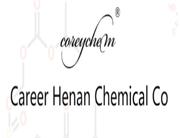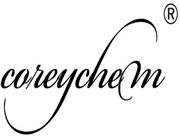| Chemical Properties |
clear colorless to light yellow liquid |
| General Description |
Odorless light yellow liquid. Floats on water. |
| Reactivity Profile |
Organophosphates, such as Bis(2-ethylhexyl) phosphate, are susceptible to formation of highly toxic and flammable phosphine gas in the presence of strong reducing agents such as hydrides. Partial oxidation by oxidizing agents may result in the release of toxic phosphorus oxides. Mildly corrosive to most metals; may form flammable hydrogen gas [USCG, 1999]. |
| Health Hazard |
Contact with liquid irritates eyes and may cause serious injury; consult an eye specialist. Also causes skin irritation on contact. Ingestion produces irritation similar to that caused by strong vinegar. |
| Fire Hazard |
Special Hazards of Combustion Products: Irritating phosphorus oxides may be released. |
| Purification Methods |
Contaminants of commercial samples include the monoester, polyphosphates, pyrophosphate, 2-ethylhexanol and metal impurities. Dissolve the acid in n-hexane to give an 0.8M solution. Wash this with an equal volume of M HNO3, then with saturated (NH4)2CO3 solution, with 3M HNO3, and twice with water [Petrow & Allen Anal Chem 33 1303 1961]. Similarly, the impure sodium salt, after scrubbing with pet ether, is acidified with HCl and the free organic acid is extracted into pet ether and purified as above [Peppard et al. J Inorg Nucl Chem 7 231 1958], or as described by Stewart & Crandall [J Am Chem Soc 73 1377 1951]. It can be purified via its copper salt [McDowell et al. J Inorg Nucl Chem 38 2127 1976]. [Beilstein 1 IV 1796.] |

 China
China






